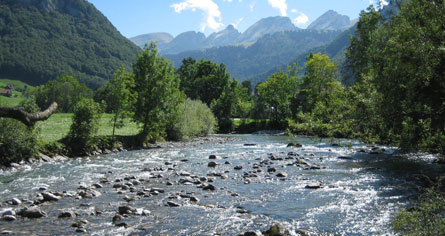Swiss land in used three main ways farming, forestation, housing or infrastructure. Agriculture is the most important use of territory in Switzerland. Farmland occupies over half of the Plateau area. Protection of forested land interfered with the farmland and this has caused much conflict of interests. This conflict was especially difficult like areas in the Plateau where urban areas and infrastructure have been reducing the amount of arable farming land. The number of farms tend to decrease in the mountainous areas. Swiss agriculture mainly includes, potatoes, sugar beets, wheat, barley, maize, oats and rye.
Forests cover about one third of Switzerland but this is decreasing year by year. Reforestation is really popular in the Alp regions as abandoned farmland naturally reoccupies itself with tree etc. Afforestation is also provided to provide protection against natural hazards such as landslides.
The habitats in Switzerland are found mainly in the Plateau and along the main rivers and water sources. Housing and infrastructure grows increasingly in urban areas and also in the countryside but at the expense of the precious agriculture land. This is called suburbanisation. New roads are increasing the damage and loss of this farmland. Many people who work in the city tend to prefer to live in the countryside so therefore roads and construction must happen. These people take advantage of the cheaper land and better standard of life. In the past 12 years the areas for housing and infrastructure has grown to 25% while the population has only grown by 9%.



